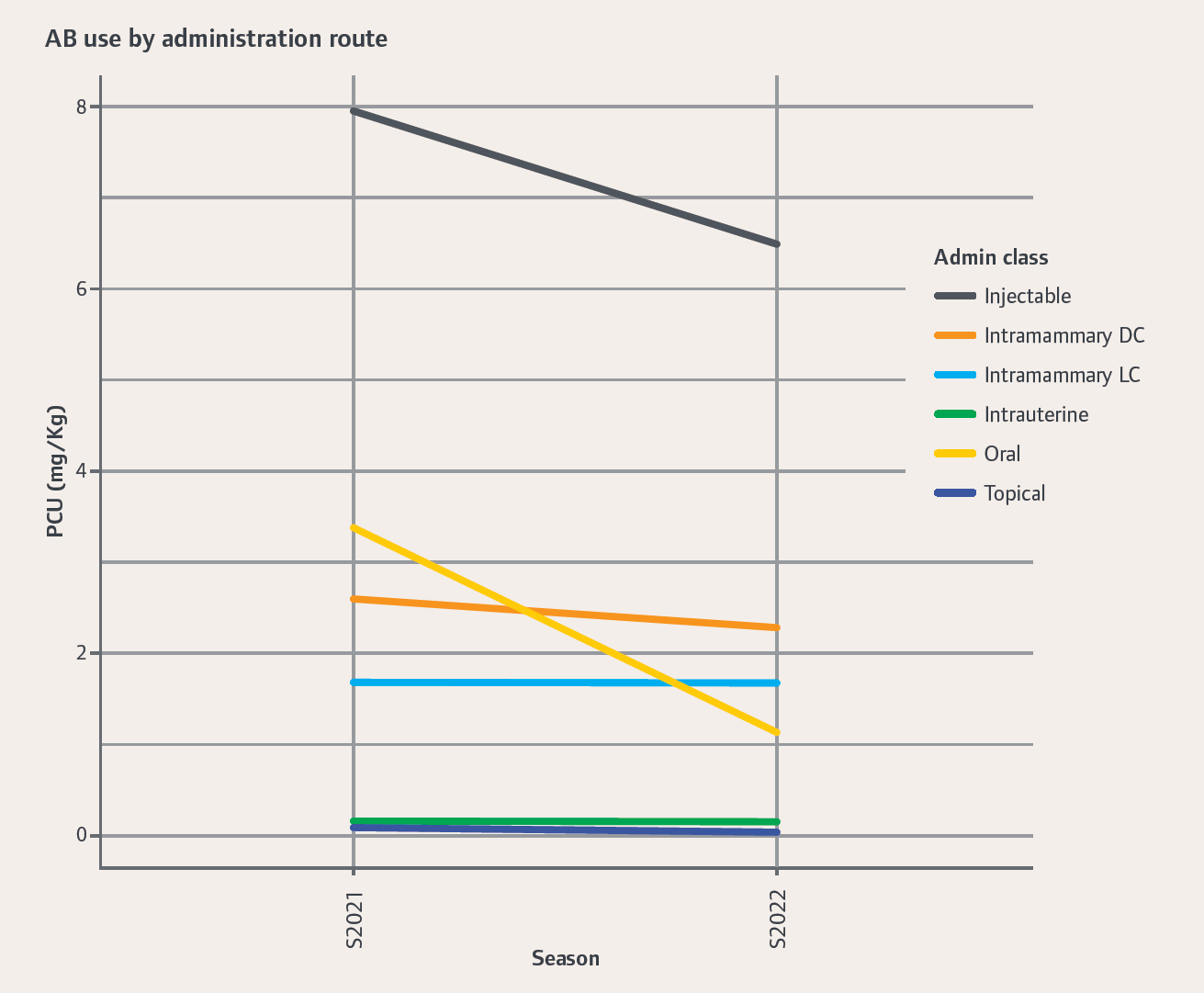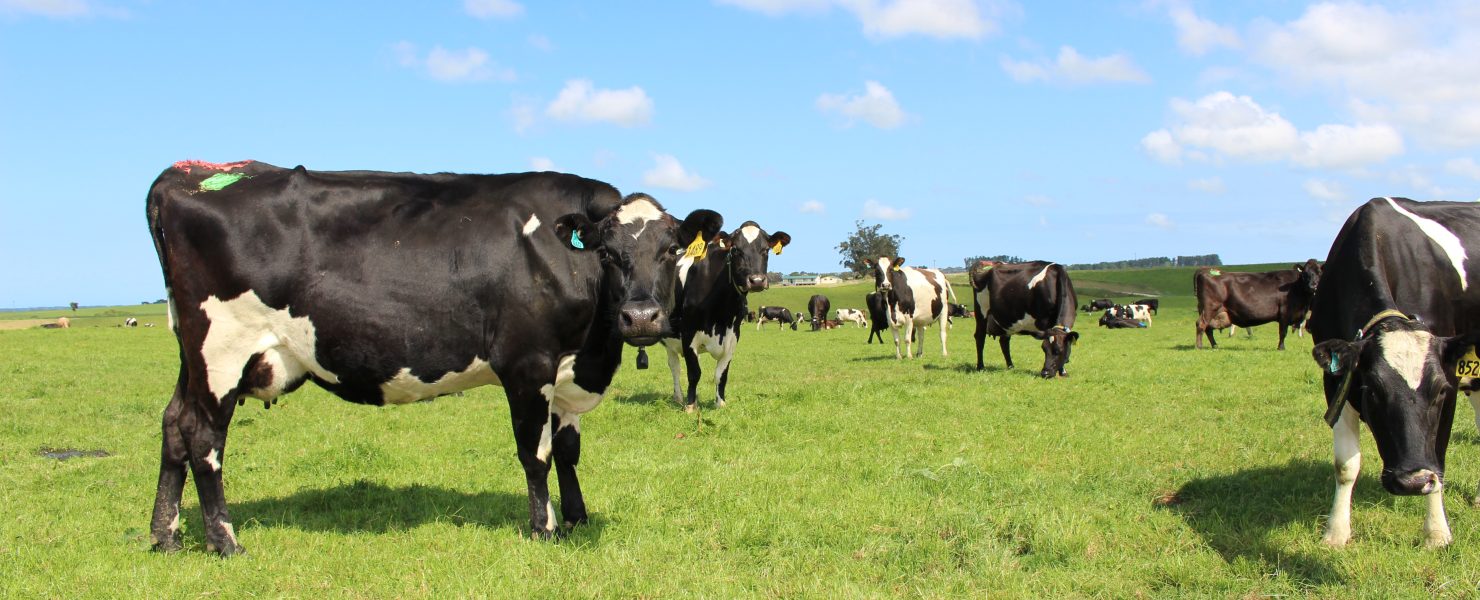Antibiotic reduction is a major topic in the livestock sector. The pressure is on to reduce the use of antibiotics and in doing so, it also has a direct impact on the human health aspect.
Antimicrobial resistance facts
Some key facts from the World Health Organization website:
- Antimicrobial resistance (AMR) is one of the top global public health and development threats. It is estimated that bacterial AMR was directly responsible for 1.27 million global deaths in 2019 and contributed to 4.95 million deaths (1).
- The misuse and overuse of antimicrobials in humans, animals and plants are the main drivers in the development of drug resistance pathogens.
- AMR affects countries in all regions and at all income levels. Its drivers and consequences are exacerbated by poverty and inequality, and low- and middle-income countries are most affected.
- AMR puts many of the gains of modern medicine at risk. It makes infections harder to treat and makes other medical procedures and treatments – such as surgery, caesarean sections and cancer chemotherapy – much riskier.
- The world faces an antibiotics pipeline and access crisis. There is inadequate research and development pipeline in the face of rising levels of resistance, and urgent need for additional measures to ensure equitable access to new and existing vaccines, diagnostics and medicines.
- In addition to death and disability, AMR has significant economic costs. The World Bank estimates that AMR could result in US$1 trillion additional healthcare costs by 2050, and US$1 trillion to US$3.4 trillion gross domestic product (GDP) losses per year by 2030 (2).
- Priorities to address AMR in human health include preventing all infections, which may result in inappropriate use of antimicrobials; ensuring universal access to quality diagnosis and appropriate treatment of infections; and strategic information and innovation, for example surveillance of AMR and antimicrobial consumption/use, and research and development for novel vaccines, diagnostics and medicines.
Antimicrobial resistance use
The second point above is of significance to everyone who consumes or administers antibiotics. A mainstay of controlling AMR is to ensure that antibiotics are used appropriately. New Zealand dairy and red meat farmers use relatively less antibiotics than our overseas counterparts, but there is still opportunity to reduce the amount of antibiotics we do use. Every time we administer an antibiotic to an animal, we not only expose the target bacteria to the drug but potentially also to bacteria on and in the following areas:
- the animal’s skin
- the animal’s gut
- the administrator’s skin
- the environment into which the animal excretes the drug.
These exposures all represent opportunities for the bacteria to encounter the antibiotic molecule and develop resistance against it. Bacteria have a variety of ways of sharing this resistance, meaning that, should a particular bacterial species develop resistance to an antibiotic, it is possible for that species to hand that resistance on to a completely different species. Further to all of this, using antibiotics unnecessarily is just wasteful and an expense that can be spared.
Case study: Reducing antibiotic use on -farm
A study group of Vetlife Temuka farms worked together between the 2021 and 2022 seasons to come up with methods to reduce on-farm use of antibiotics. Although it is always risky to compare data like this between seasons (due to the influence of factors such as weather on disease incidence), the below graph shows that there was a significant decrease in some classes of antibiotics used. When examined individually, the eleven farms show that not all achieved reduction, some had slight increases and some showed no change, but the average outcome across all herds was a reduction as shown below:

The principles behind achieving these outcomes were essentially just good antimicrobial use behaviours, such as taking preventative measures, ensuring accurate diagnosis and ensuring appropriate use. The mix of these options and the specifics of each will vary from farm to farm, but some examples of what each may look like include:
Preventative measures
- Using scour vaccine to reduce the need to treat calf scours.
- Using teat sealants to reduce the need to treat heifer mastitis.
Accurate diagnosis
- Using milk cultures to identify cases of mastitis that are not bacterial 3.
- Seeking veterinary examination prior to treatment .
- Collecting calf scour samples prior to treatment.
Appropriate use
- Stratifying a herd for dry off dependant on the mastitis risk profile of individuals.
- Ensuring the most appropriate product is used for a given diagnosis.
We encourage clients to discuss ways that antimicrobial use can be reduced on farm. The reason for this is both economic and a helpful contribution in safeguarding the use of these products into the future.

